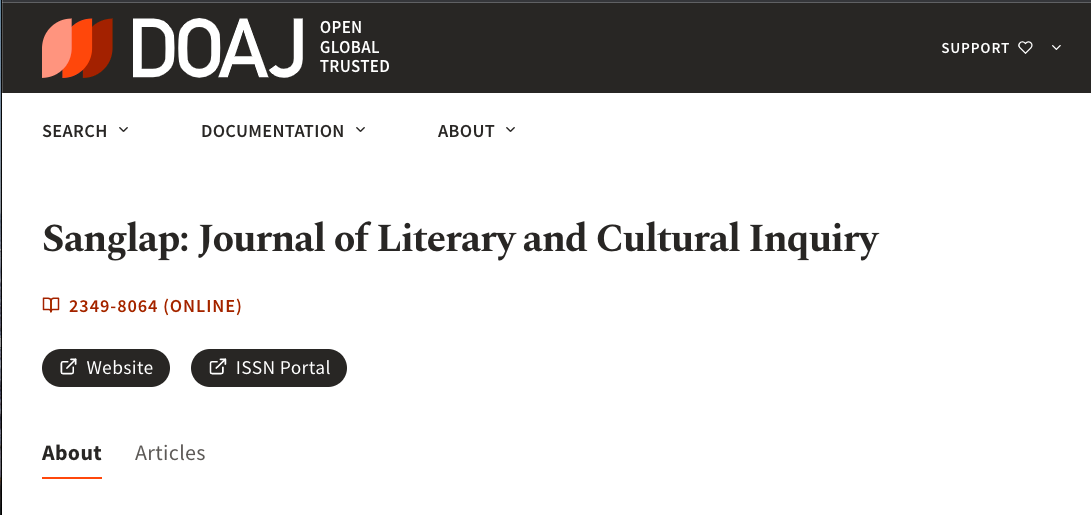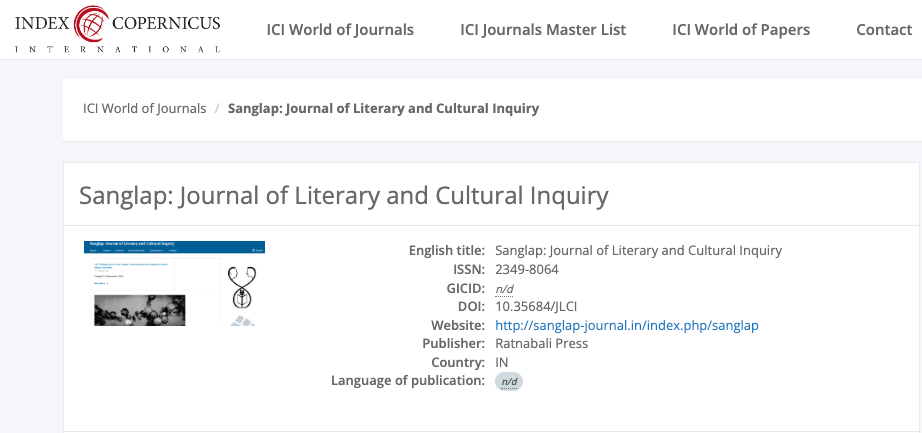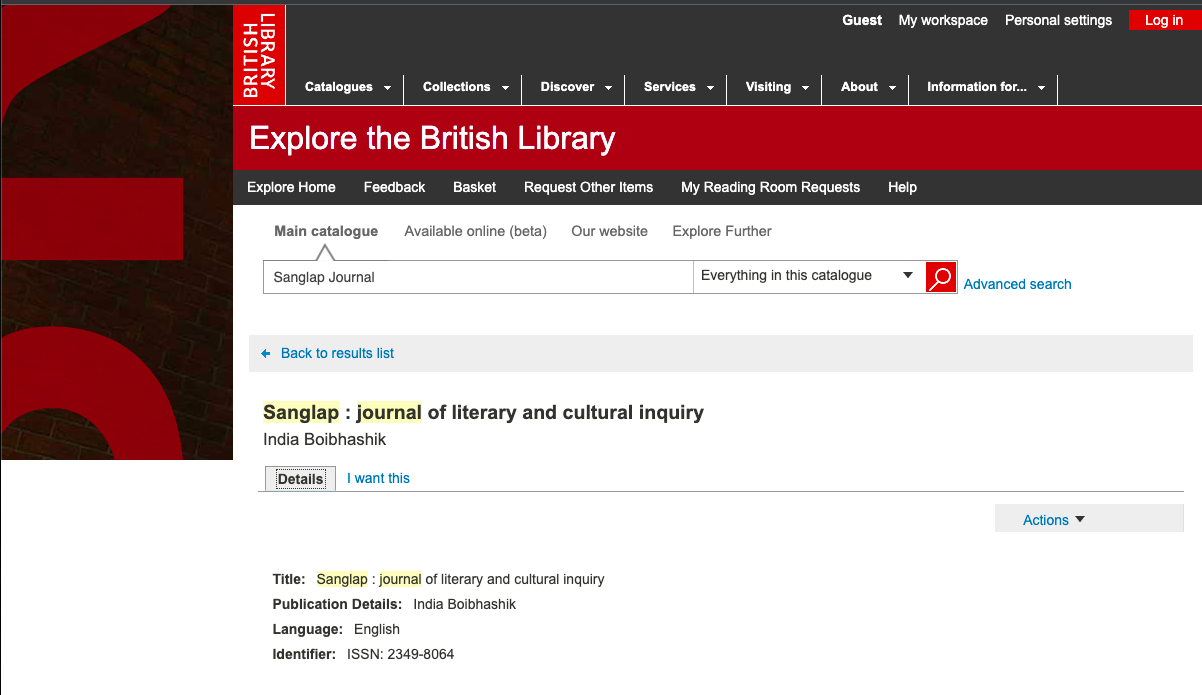Mum’s the Word: Heteronormative Indian Society and the Censorship of Single Unwed Mothers
Keywords:
Heteronormativity, Supreme Court, class, stigma, heteromasculinity, neoliberalismAbstract
The right of single unwed mothers in India has not only been a widely debated topic but is also situated at the core of gender equality. Scholars have discussed the positionality of single unwed mothers in Indian society within the larger discourse of patriarchy. In this paper, I examine the materiality of the spaces within which the recent Supreme Court’s ruling on single unwed mothers can be implemented. I argue that the emancipation of single unwed mothers is contingent on macro social and institutional analysis. I situate my argument in the larger context of class mobility, social stigma and the neoliberal economic debate. In doing so, I also analyze the censorship of unwed mothers as a ramification of heteronormativity that aims to marginalize any other form of sexuality. In conclusion this paper by closely examining the censorship and stigma of single unwed mothers will shed new light on the rarely acknowledged larger issues of class mobility and neoliberalism











